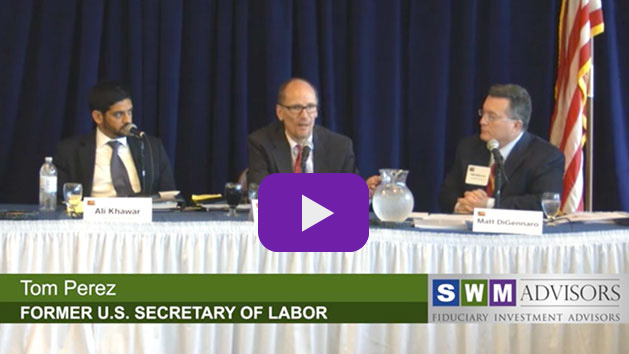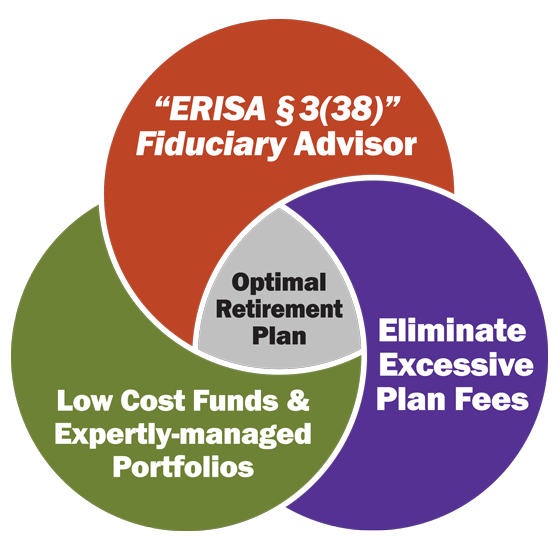•Elimination of Excessive Fees
The estimated Elimination of Excessive Fees Return of 0.42% annually is directly from a memorandum to the president of the United States, States, entitled Draft Conflict of Interest Rule for Retirement Savings, from White House Senior Advisors Jason Furman and Betsey Stevenson, dated January 13, 2015. Their estimates of losses due to excessive fees was from 0.35% to 0.50%. For purposes of this chart we use the mid-point of those two numbers, 0.425%, but have rounded down to 0.42%.
•Estimated Cost of Conflict of Interest
The estimate of the direct cost incurred by investors resulting from the broker/advisor's conflicts of interest are conservatively estimated to be 0.50% - 1.00%. This estimate is from the memorandum to the president of the United States, entitled Draft Conflict of Interest Rule for Retirement Savings, from White House Senior Advisors Jason Furman and Betsey Stevenson, dated January 13, 2015. For purposes of this chart we use the mid-point of those two numbers, 0.75%.
•Indexed vs Active Funds
The estimated Indexed vs. Active Funds Return of 0.54% annually is derived from the 2014 report from The Vanguard Group titled, "Vanguard's Principles for Investing Success" with the following assumptions: 1) Index fund/ETF blend is 50/50; and 2) US Stock large, mid and small portions and US Bond government and corporate proportions reflect January 2015 market conditions.
•Advised vs Non-Advised
The estimated Advised vs. Non-Advised Return of 3.32% annually is sourced from the May 2014 research report titled, "Help in Defined Contribution Plans: 2006 through 2012" by Financial Engines and Aon Hewitt in which they refer to the "annual performance gap between Help Participants' and Non-Help Participants'median returns over the period 2006-2012."
•Estimated Additional Return
The Estimated Additional Return is the combined effect of adding the individually estimated potential beneficial returns (detailed below) the average asset allocation investor would hypothetically earn by investing with SWM Advisors rather than investing on their own. These beneficial returns plus the average asset allocation investors' returns are compounded over a twenty-five year horizon. These estimated figures are not reflective of actual SWM Advisors client results or guarantees of future client results. Future results from actual trading in client accounts may differ materially from the displayed estimated figures of this hypothetical simulation.
•Average Investor Return
The estimated Average Investor Return of 2.53% annually is sourced from DALBAR's 20th Annual Quantitative Analysis of Investor Behavior 2014 Advisor Edition as the results for the average asset allocation investor over the trailing twenty year period ending 2013.
•Estimated Total Return
The Estimate Total Return performance figures contained in this simulated analysis and interactive performance chart displays our estimated time-weighted returns, compounded over a 25 year investment horizon, for a hypothetical investor's asset allocation investment with SWM Advisors.
The estimated figures contained in the table and chart are handled as additional sources of return potentially derived from investing with SWM Advisors which have been added to the average asset allocation investor's experience as reported in the 2014 DALBAR Report (2.53% annualized), and compounded over a twenty-five year investment horizon. Therefore, the estimated figures and chart represent simulated differences in hypothetical returns of the average asset allocation investor and the potential results of choosing to invest with SWM Advisors.
Since all figures are estimates and hypothetical simulations, they are not reflective of actual SWM Advisors client results or guarantees of future client results. Future results from actual trading in client accounts may differ materially from the displayed estimated figures of this hypothetical simulation.











